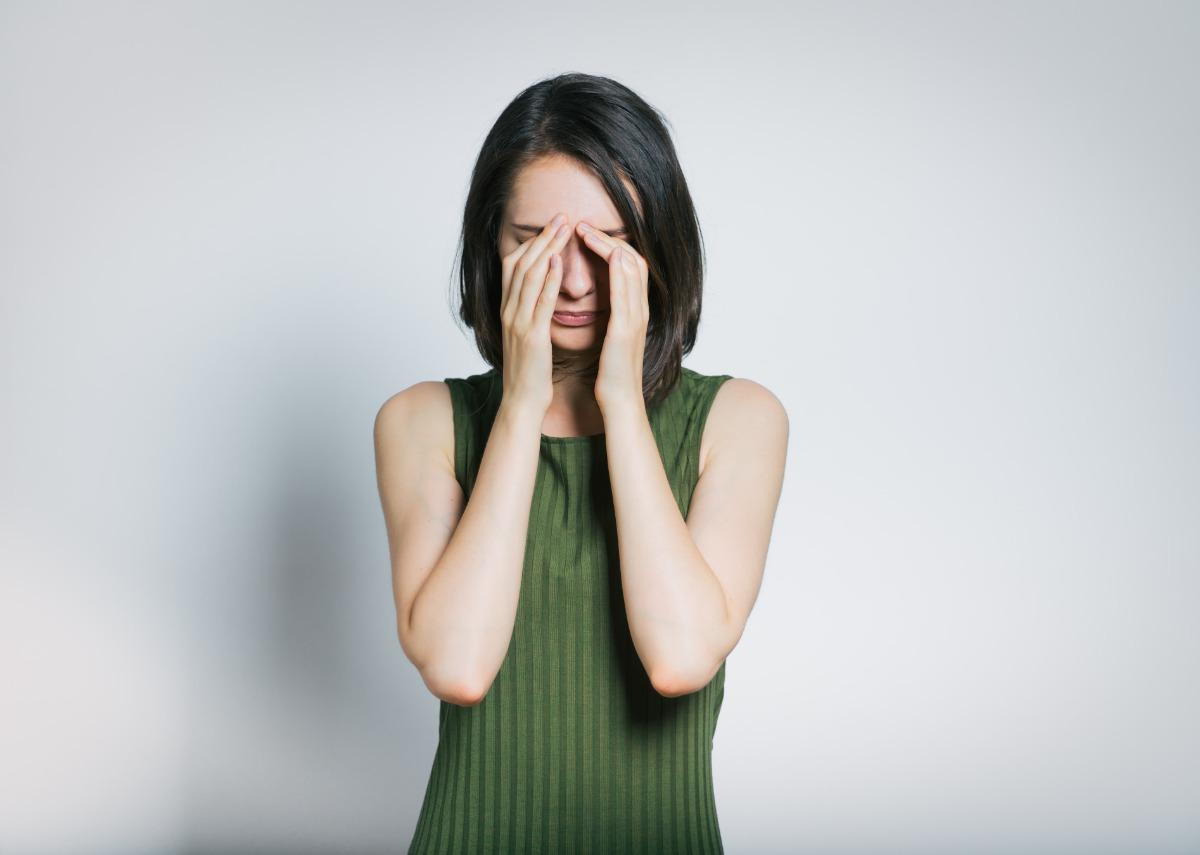
- posted: Feb. 21, 2023
Author: Dr. Debon Crews
If you ever experience burning, stinging, redness, grittiness, soreness, tired eyes, blurry vision or excess tearing, you may suffer from ocular surface disease, commonly called dry eye.
Ocular surface disease affects a significant amount of the population and is the most common ocular health complication we see in our office.
There are several causes of dry eye, but in general dry eye can be broken down into two types: aqueous deficient, in which the eyes do not produce an ample amount of tears, and evaporative, where the glands in our eyelids do not produce sufficient oil. This oil stabilizes the tear film with each blink and prevents tear evaporation. If there is a decrease in the quantity or quality of this oil, the tears can break up at a faster rate, leading to eye surface exposure and symptoms like sandy, gritty eyes.
Other factors that can aggravate dryness include the use of digital devices, dry climates (like Utah!), and increased airflow across the eye with ceiling fans, air vents and wind. Common medications, including anti-histamines, anti-hypertensives, and hormone replacement therapies can cause dry eye and systemic diseases, like arthritis, systemic lupus, diabetes and rosacea are frequently associated with dry eye. Hormonal changes, like menopause, and contact lens wear can alter our tears and lead to dry eye.
Like many conditions, if dry eye is left untreated, it gradually worsens and can lead to permanent damage of the eye. Decreased tears lead to increased osmolarity of the tear film, generating ocular surface inflammation, damaging the nerves inside the cornea, which leads to even less tear production, continuing the cycle of symptoms and insult to the ocular tissues. Similarly, if the oil glands in the eyelids are clogged for long amounts of time, their function becomes decreased and they produce less oil, perpetuating the dry eye cycle. Dry eye is very much like a snowball at the top of a mountain that starts out small, but overtime builds upon itself, growing into a bigger and bigger issue.
There are many different options for treating ocular surface disease. Treatment can include lubricating tears, gels, and/or ointments. Restasis is a unique prescription eye drop that helps decrease inflammation with continued use, and over time can help your eyes produce more tears. Adding Omega-3 supplements to your diet can also help with dry eye. It is believed that Omega-3’s reduce inflammation and help stimulate tear production, which can lead to higher quality tears that stay on the eye longer. Other options include oral antibiotics, moisture chamber goggles, lid scrubs and punctal plugs. The best combination of treatment should be tailored to each patient’s condition and it is best to speak with your doctor to find the right treatment for you.
As mentioned above, ocular surface disease is very common and is the most frequent eye health issue we see in our office. We understand that living with the symptoms of dry eye can be uncomfortable and affect day-to-day activities. If you are experiencing any symptoms of ocular surface disease, please contact our office to schedule a comprehensive evaluation and we can work together to improve your eye health and vision.
Locations
250 E 300 S SUITE 380
Salt Lake City, UT 84111, US
Hours of Operation
8:00 am - 6:00 pm
8:00 am - 6:30 pm
8:00 am - 6:00 pm
8:00 am - 12:45 pm
1:45 pm - 6:30 pm
8:00 am - 6:00 pm
By Appointment
Closed

